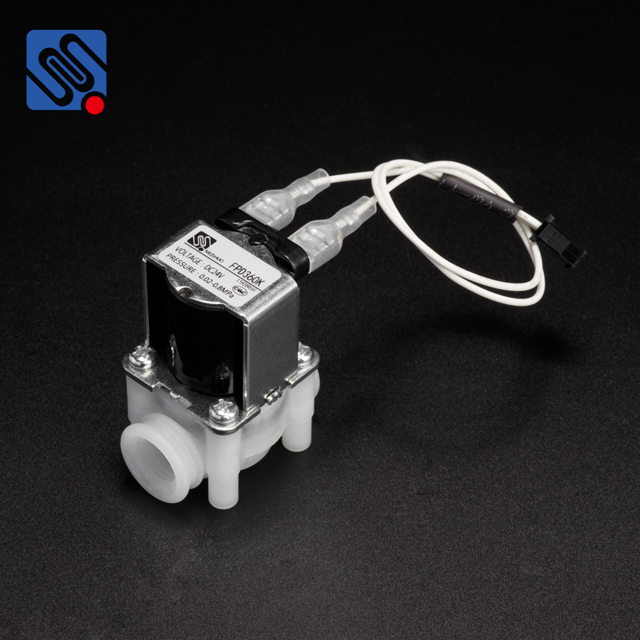Water treatment systems play a crucial role in ensuring safe and clean water for a variety of applications, ranging from residential use to industrial processes. Among the many components that make up these systems, the Water Treatment System Solenoid Valve stands out as a key player in automating the control of water flow, pressure, and distribution. This article explores the functionality, types, applications, and considerations in selecting solenoid valves for water treatment systems.

What is a Solenoid Valve? A solenoid valve is an electromechanical device used to control the flow of liquids or gases in a system. In water treatment systems, solenoid valves are primarily employed to automate the regulation of water flow and pressure. They operate through a solenoid—a coil of wire through which an electric current passes, generating a magnetic field that moves a plunger inside the valve. This movement either opens or closes the valve, enabling or stopping the flow of water. Types of Solenoid Valves in Water Treatment Systems There are several types of solenoid valves used in water treatment systems, each suited for different functions and requirements: